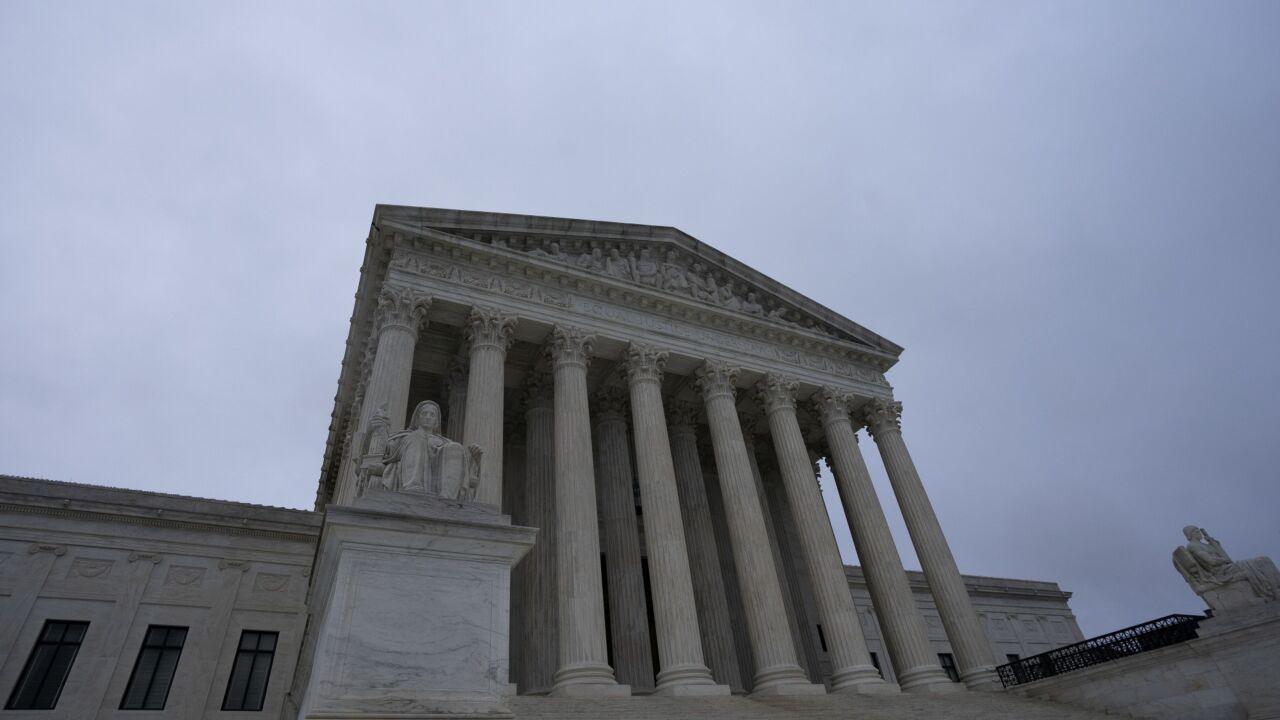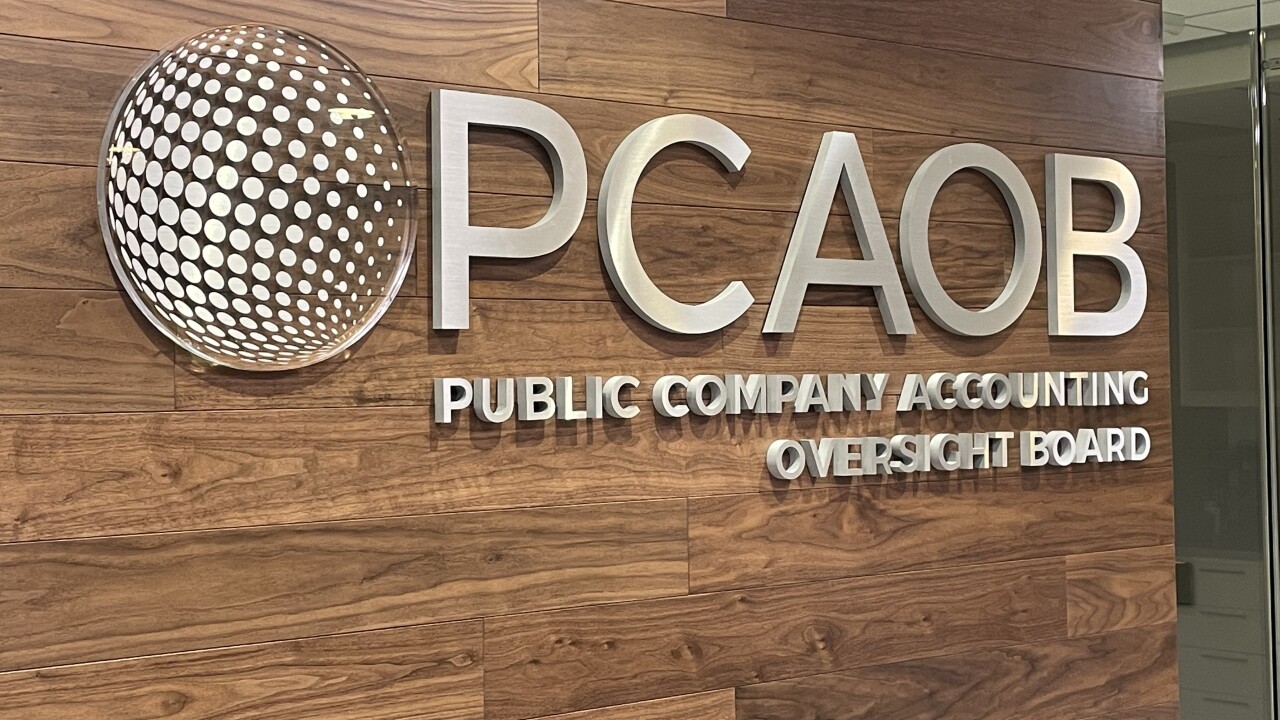If you ever meet Leisha John, check out her fingernails.
Not because youd expect them to be dirty as Ernst & Youngs director of environmental sustainability in the Americas, but because she is known for painting them green in the spirit of her job.
That job entails taking responsibility for greening the firms internal operations no easy feat since shes been creating and implementing best practices across all the firms offices in North and South America.
Since taking the position in April 2008, John has begun to calculate Ernst & Youngs carbon footprint, and shes on track to complete a baseline calculation this summer. Green goals have been added into leadership performance metrics at the firm to prioritize environmental sustainability initiatives. More offices have been built in accordance with the U.S. Green Building Councils Leadership in Energy and Environmental Design (LEED) standards, and John continues to reduce the average square footage of each employee by creating shared workspace to decrease overall energy consumption.
What have you been working on since you walked into this position about a year ago?
We are working on measuring our carbon footprint, because that is how we are going to measure our success.
How are you measuring it?
Were following the Greenhouse Gas Protocol [standards for corporate accounting and reporting] in order to measure our carbon footprint. Once we have that baseline, then we can target reductions against it, and thats how every company starts. Simultaneously I met with the leaders of each of our infrastructure groups real estate, HR, IT, communications and marketing, facilities and I talked to them about their internal operations. Thats when we developed green goals that we put on the scorecard. Each year every one of those groups has environmental sustainability goals that they are trying to achieve.
Were there different areas that were more wasteful than others?
What we started with is a three-prong strategy. The first thing was to minimize the impact on the environment. Thats where you look for areas of waste. The second was how we embed this in our culture. The third piece is what initiatives can we do that will help us build credibility with our clients. Were also delivering climate change and sustainability services, and the only way we are going to be credible is if we are actually talking the talk.
Can you give an example of one of the groups that you worked with and how they made some changes?
One of the first groups that I talked to was real estate. We wanted to be sure that going forward each of our flagship buildings is built in accordance with LEED regulations, which means you are building offices in accordance with green construction practices so they are not only energy efficient but also provide a comfortable setting for the occupant. Going forward, whenever we build out new interiors, its along those LEED guidelines.
There are tax incentives that go along with that, correct?
Thats one of the services we provide helping our clients figure out which tax credits and other incentives can be applied to the other investments that theyve made.
How complicated is the Greenhouse Gas Protocol? Are there simple steps, or is this a whole project that you have to get people involved in?
Well, it can be both. One way to start out is to look at your direct and indirect emissions. For an accounting firm, what we look at, first and foremost, is our business travel. That is our biggest contributor to carbon. Its pretty easy to gather that information and then convert it into carbon. The second thing at a typical accounting firm, especially at Ernst & Young, would be our office space. We have over 80 offices in the United States, and that translates into a lot of air conditioning, heating and lighting. The energy consumption there can be measured. Another thing we look at is paper consumption.
The firm switched to using remanufactured printer cartridges. How much money did you save by doing that?
A half million dollars a year. They are not going into landfills. They are taking these cartridges, refilling them with toner and giving them back.
Have you minimized emissions and waste since youve come onboard? Can you talk about some of the measurements?
Weve been measuring our purchases nationwide on recycled content paper. We use manufactured toner cartridges and we can get good metrics on that. We are doing our best to reduce air travel when we can. More double-sided printing we track the amount of paper that we use. Another thing we started this past year was sending our tax returns out on CD to our clients. That has saved us millions of sheets of paper.
How do you get over the hurdle of companies saying it costs less in fines to throw something away than go through the process of recycling?
Office by office, it really has to be a customized approach. You have to work with your landlord, with your janitorial service and, most importantly, you have to work with your people. One of my biggest challenges is getting people to put the right types of trash in the right types of bins. They have to do their part. That goes back to strategy and embedding environmental responsibility in our culture and changing each persons behaviors.
Clients are coming to you to learn how to become more environmentally conscious. What about those clients who dont? How do you educate them without coming off as preachy?
Prospective clients are coming to us and before they choose us as a service provider they say, OK, Ernst & Young, what are you doing to protect the environment? What initiatives do you have in place? We do the same with our vendors. We say, Tell us your environmental initiatives? Will you work together with us to be more sustainable?
For smaller firms who might not have that much money to do a big initiative, what are some initial things they can do immediately to become more environmentally sound and save them money?
They can adjust their computer so they print doubled-sided. Small things like what we call print previewing. Before you hit the print button you look at the screen and see what you are going to print. It shouldnt be a mystery when you go over to the printer. Another thing we did at Ernst & Young is implement a responsible meeting policy. Whenever we have a meeting, we try to reduce the amount of bottled water. We try to batch transportation so not each person is taking their own taxi or car. There are a lot of things you can do to have a more responsible meeting. More targeted brochures. Know your target audience rather than dropping brochures on everybodys desk.
How does this initiative help in recruiting and how has it bridged working together across the generations?
We do look at being more green as a recruiting tool. We know that Generation Y is keen on the environment. They want to work for a company that cares about the environment and that aligns with their values. We knew that. But we did conduct a generational survey last year and it was interesting to learn that the Baby Boomers, Generation X and Generation Y, 85 percent of them said it was very important to work for a company that was socially responsible and cared about its impact on the environment. That was good news because really everybody cares. The Generation Y people come in and they challenge us.
Are you finding that younger people are often leaders in the green projects?
Yes, because they care about it. They come to our learning events, they communicate in a different way and they dont need as much paper. They are happy to take their learning materials on a memory stick when they leave instead of a big binder. They are coming from greener universities and they are expecting that at the workplace.
Have you been using technology differently?
Weve always been a virtual organization. One thing in real estate we do a lot of is what we call hoteling, where not every single person has their own dedicated workspace. You reserve a spot in the office. Only 50 percent of our people have a dedicated workspace. By hoteling, we shrink our overall square footage and therefore our energy consumption and our carbon footprint. We continue to push the use of our collaboration tools.
How do you think the Obama administration is going to affect this work?
I think there is going to be a lot more conversation about climate change. Obama talks about it quite often. Hes assembled what appears to be a very capable team and he talked a lot on the campaign trail about how he wants to use $150 billion in creating a green economy. I think just making that conversation front and center is going to be helpful, its definitely going to get our troops excited. One would hope that it brings more legislation, tax credits and incentives that will entice our clients to make those investments.





